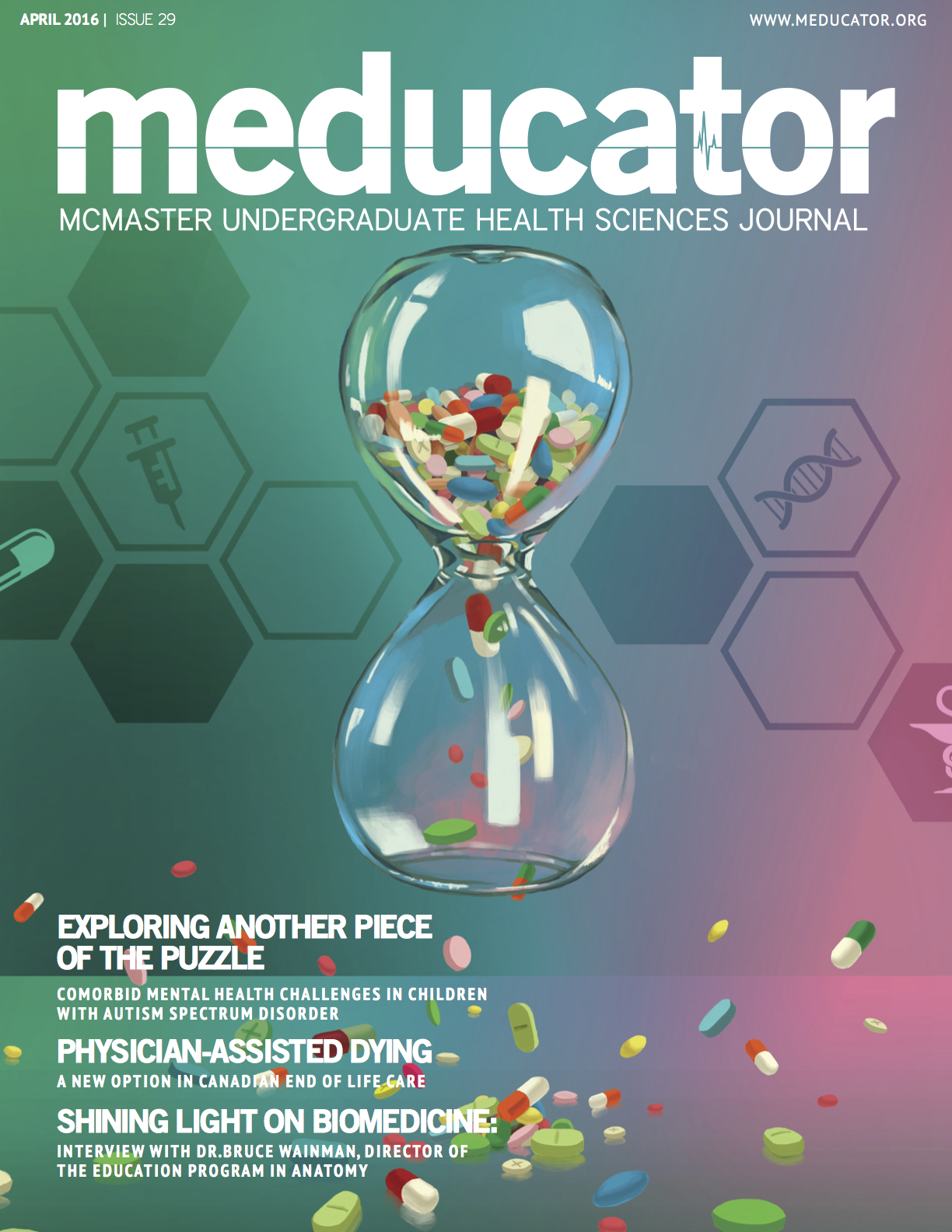Vitamin D Gains: A look at Potatoes, Vitamin D, and Symbiotic Relationships.
DOI:
https://doi.org/10.15173/m.v1i29.1182Abstract
Vitamin D deficiency is a health issue that affects millions of people worldwide. In 2013, one in ten Canadians were reported to have a vitamin D deficiency. Recent research proposes that vitamin D deficiency can be addressed by creating a vitamin D-rich food source. Plant species contaminated with fungi contain traces of vitamin D, suggesting that vitamin D may be transferred from fungal organisms to plants in a mutualistic symbiotic relationship. This relationship exists between arbuscular mycorrhizae and Solanum tuberosum, a common potato plant that provides food security for millions living in Africa, Asia and South America. We propose that the pathway of radioactively labelled vitamin D from fungi to host plant can be followed in order to identify the protein responsible for transporting vitamin D. Once the genomic sequence of the transporter protein is identified, the gene can be upregulated to increase protein expression and consequently, vitamin D content in S. tuberosum crops. Understanding the specific vitamin D transfer process from fungi to plants will enable sustainable and large-scale production of vitamin D-rich food sources.
References
Holick MF, Chen TC. Vitamin D deficiency: a worldwide problem with health conse- quences. The American journal of clinical nutrition. 2008 Apr 1;87(4):1080S-6S.
Strange R, Scott P. Plant Disease: A Threat to Global Food Security. Annu Rev Phytopathol. 2005;43(1):83-116.
Holick M, Binkley N, Bischoff-Ferrari H, Gordon C, Hanley D, Heaney R et al. Eval- uation, Treatment, and Prevention of Vi- tamin D Deficiency: an Endocrine Society Clinical Practice Guideline. The Journal of Clinical Endocrinology & Metabolism. 2011;96(7):1911-1930.
Smith S. Mycorrhizal Fungi Can Dominate Phosphate Supply to Plants Irrespective of Growth Responses. Plant Physiology. 2003;133(1):16-20.
Bucking H, Liepold E, Ambilwade P. The Role of the Mycorrhizal Symbiosis in Nu- trient Uptake of Plants and the Regulato- ry Mechanisms Underlying These Trans- port Processes. Plant Science. 2012.
Russell P. Biology. Toronto: Nelson Educa- tion; 2009.
Jäpelt R, Jakobsen J. Vitamin D in plants: a review of occurrence, analysis, and biosynthesis. Frontiers in Plant Science. 2013;4.
Aburjai T, Al-Khalil S, Abuirjeie M. Vitamin D3 and its metabolites in tomato, potato, egg plant and zucchini leaves. Phyto- chemistry. 1998;49(8):2497-2499.
Holick M, Chen T. Vitamin D deficiency: a worldwide problem with health conse- quences. The American Journal of Clini- cal Nutrition. 2008;87:1080S-6S.
Chalk K, Kodicek E. The association of 14 C-labelled vitamin D 2 with rat serum proteins. Biochem J. 1961;79(1):1-7.
Haddad J, Matsuoka L, Hollis B, Hu Y, Wortsman J. Human plasma transport of vitamin D after its endogenous syn- thesis. Journal of Clinical Investigation. 1993;91(6):2552-2555.
Carpenter T, Zhang J, Parra E, Ellis B, Simpson C, Lee W et al. Vitamin D binding protein is a key determinant of 25-hydroxyvitamin D levels in in- fants and toddlers. J Bone Miner Res. 2012;28(1):213-221.
Vitamin D. Alternative Medicine Review. 2008;13(2).
Britz-CunninghamS,AdelsteinS.Molecu- lar Targeting with Radionuclides: State of the Science. The Journal of Nuclear Medicine. 2003;44(12):1945-1961.
KissingerP.Reverse-phaseion-pairparti- tion chromatography. Comments. Analyti- cal Chemistry. 1977;49(6):883-883.
SmythM,MartinJ.xRaycrystallography. Molecular Pathology. 2000;53(1):8-14. 17. GradaA,WeinbrechtK.Next-Generation
Sequencing: Methodology and Applica- tion. Journal of Investigative Dermatol- ogy. 2013;133(8):1-4.


